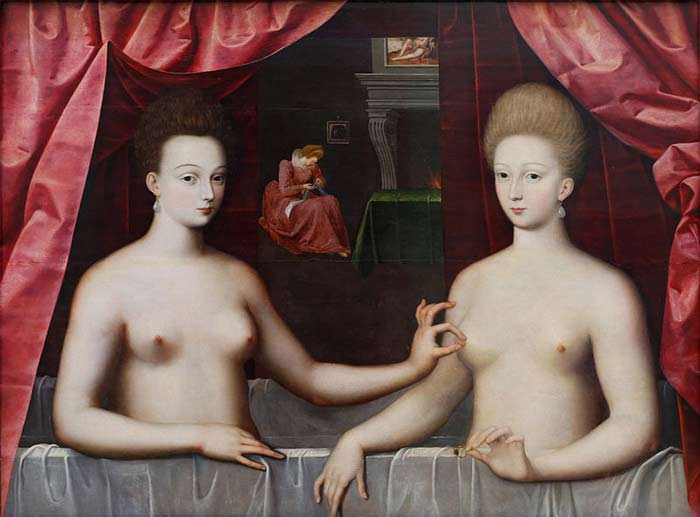Article by Dennis Jarsdel
Commonly in religious story-tellings, or in more modern pieces challenging contemporary ideologies, symbolism has been a tool many artist have used yet little perfected to a level of mastery. Symbolism can range from the pinching of female nipples to indicate a pregnancy, such as in the painting Gabrielle d’Estrées et une de ses soeurs (Gabrielle d’Estrées and one of her sister) to the use of the color blue in Picasso’s paintings to show the society’s poor and outcast members and highlight themes of loneliness.


Under the church, various artist in Italy during Renaissance created many pieces featuring religious symbolism. With the literacy rate being so low, church used visual ways of conveying religious inscriptions and so were thousands of artwork were commissioned during that time.
Some common Symbolism in Religious context
Dove: this bird has been used as a symbol of the Holy Spirit and signifies the christian soul.
Anchor: The Christians adopted the anchor as a symbol of hope in future existence because the anchor was regarded in ancient times as a symbol of safety.
Pelican: In medieval times, the pelican became a religious symbol of passion of Jesus as it was attentive to her young, providing her own blood by wounding her own self when no food was available.
Lamb: Lamb is a metamorphoses of God, showing its selfless and self-sacrificing nature and purity through the colour of white. One of the most well-know paintings featuring this symbol as its main subject is Agnus Dei by the Spanish baroque artist Zurbaran.

Colors
The careful choice of color was something else that many artists such as Picasso and Titian used to create pieces that conveyed specific thoughts and sparked controversies. Although color being a broad concept, it’s the most frequent form of symbolism, intentional or otherwise. First written form of color theory was composed by Leonardo da Vinci (referring to this master as simply da Vinci can be wrong as Leonardo da Vinci did not have a surname and ‘da Vinci’ simply means (Leonardo) from Vinci)
Blue: Before Titian completed his Bacchus and Ariadne, blue was used under strict rules, only for Virgin Mary’s clothing as it was an expensive color to produce (the specific mineral was imported from Afghanistan). By painting half of the canvas with ultramarine blue, Titian breaks this rule almost beginning a new era in art.
Studies show that the color blue is supposed to calm us and provide a peaceful state of mind. Because of this many social media sites such as Twitter and Skype use blue in their interface.

Yellow: Yellow is said to trigger emotions ranging from happiness to even violence.Yellow is associated with sunshine.
Red: It’s said that red, warmer shades specifically, trigger hunger. One of the reasons why successful fast-food brands such as McDonald’s and Burger King have reds in their logos.
Orange: Orange can be assertive, dynamic, and spontaneous and signifies youth and fearlessness.





